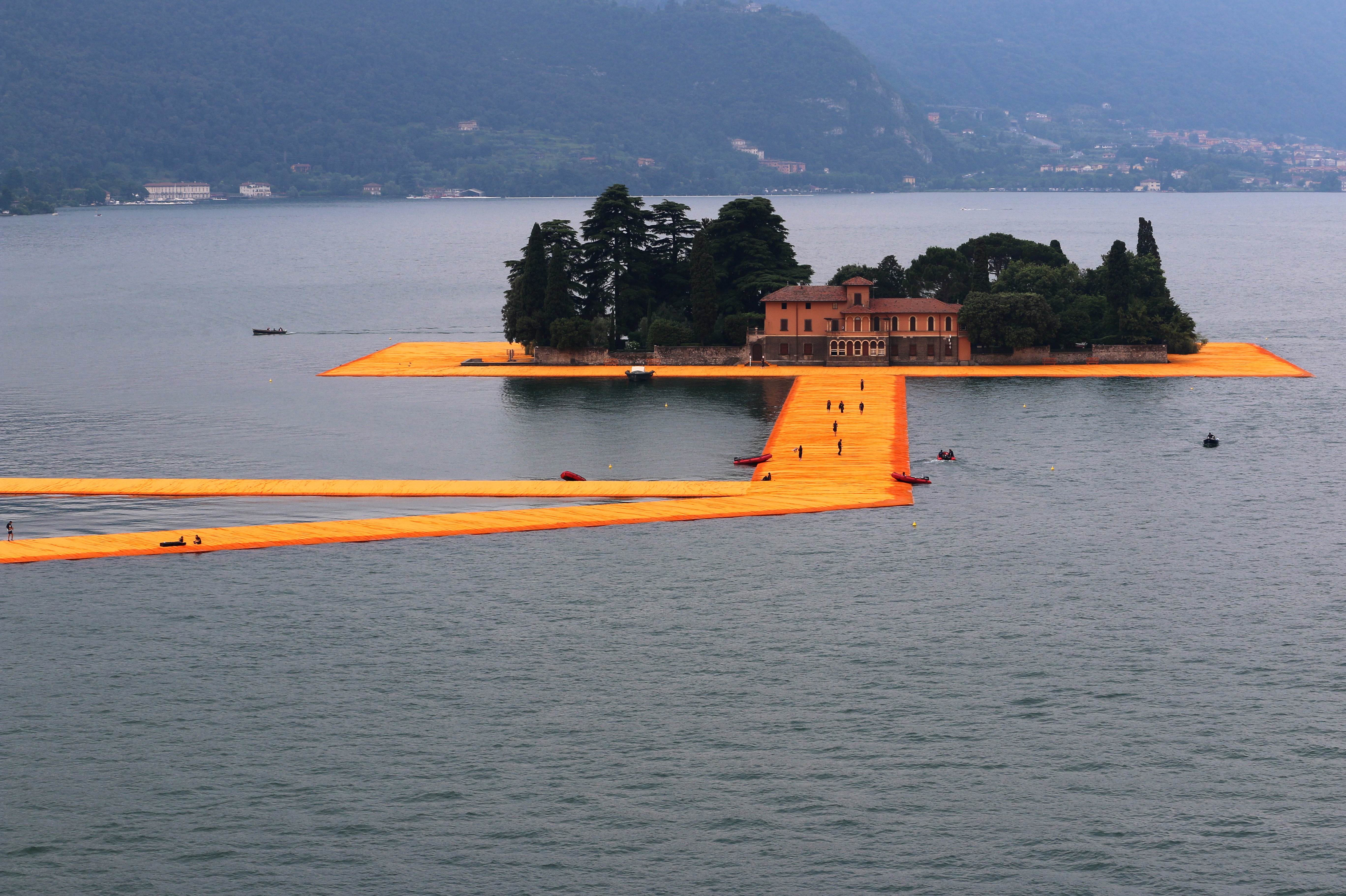Christo and Jeanne-Claude were an artistic duo famous for their colossal installations that covered up large architectural and natural monuments. The scale of their work creates a relationship between the spatial experience and disciplines like sculpture, architecture, and landscaping.
Both Christo Vladimirov Javacheff and Jeanne-Claude Marie Denat were born on June 13th, 1935; the former in Bulgaria and the latter in Casablanca. Their paths crossed in 1958 in Paris, and ever since they worked together until Jeanne-Claude’s passing in 2009. With every project, they showed the persistence they put in their trade, since the time periods between the conceptual gestation and the creation of the installation could last for more than five decades. The scale of their creations required the close collaboration with engineers that would make visions true by overcoming the physical challenges posed by materials. Another great challenge they faced in each step was financing, which they got through their own means by not accepting sponsorships. Each installation is unique, since they responded directly to their context, turning them in part of the experience. When they answered questions related to function and meaning, the couple would say there was no such thing, except the aesthetic experience. The work of these artists amazed people for more than five decades through their extraordinary creations and, despite the recent passing of Christo, their schedule will not stop until 2021 with the opening of L’Arc de Triomphe, Wrapped and Mastaba for Abu Dhabi, the latter will be the world’s largest sculpture and their only permanent work.
“I make things that have no function – except maybe to make pleasure” – Christo.
These are some important installations in the artists’ career, and, even though we cannot experiment them physically, it is impossible not to admire and imagine the spatial show each one offered them.
Valley Curtain 1970-1972
This big orange curtain intersected the space between two mountains for 28 hours in Colorado (USA). The artists worked for over two years with designers, engineers, and college students to design a wire and foundation system that would support the 18,600-square meter nylon curtain.
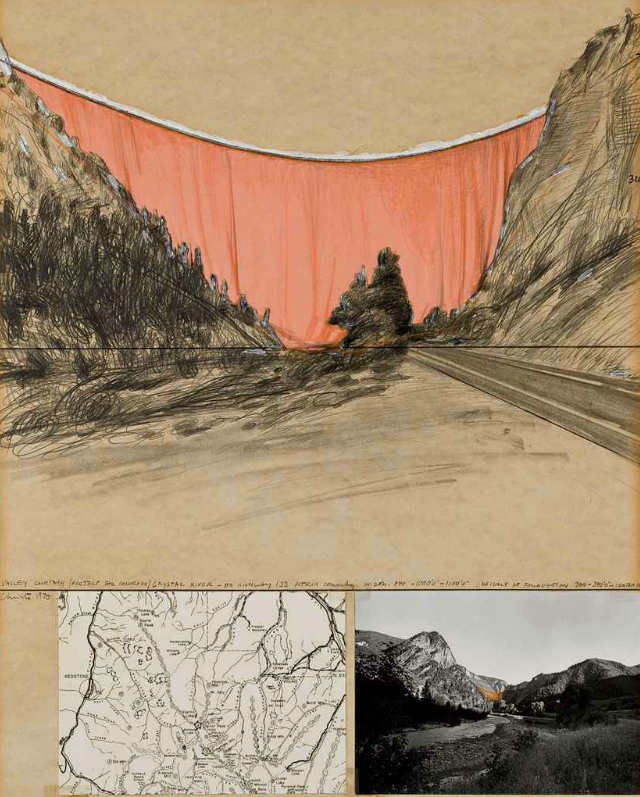
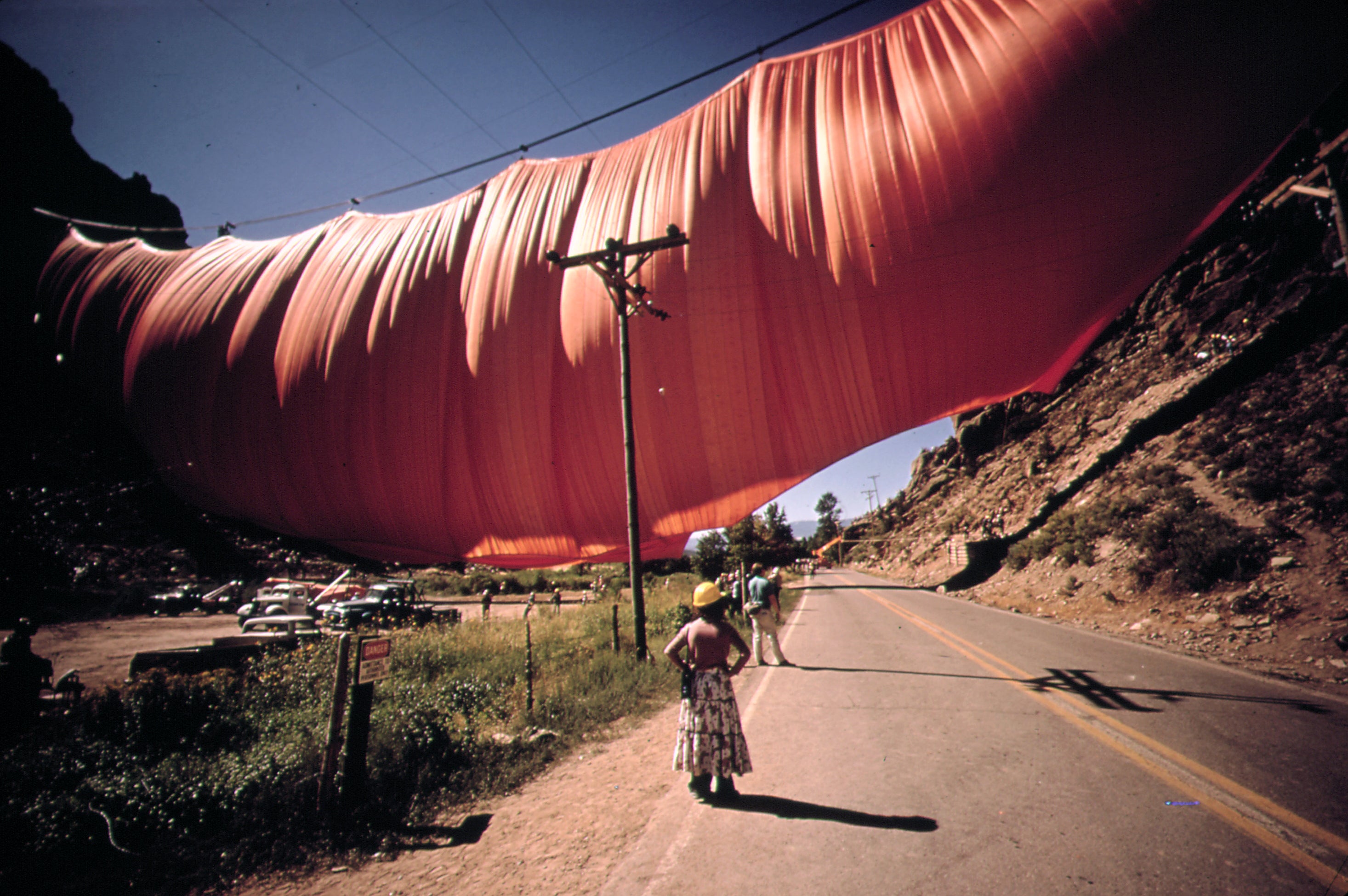
Running Fence 1972-1976
After four years of negotiating with 59 ranch owners between the hills connecting San Francisco and the Pacific Ocean, Christo and Jeanne-Claude managed to place a white fabric barrier that would expand along 39.4 kilometers. The size of the project required long talks and negotiations with local authorities, in addition to a 450-page report on environmental impact. As in all of their other projects, the artists financed the installation by selling studio drawings, mock-ups, lithographs, and collages.
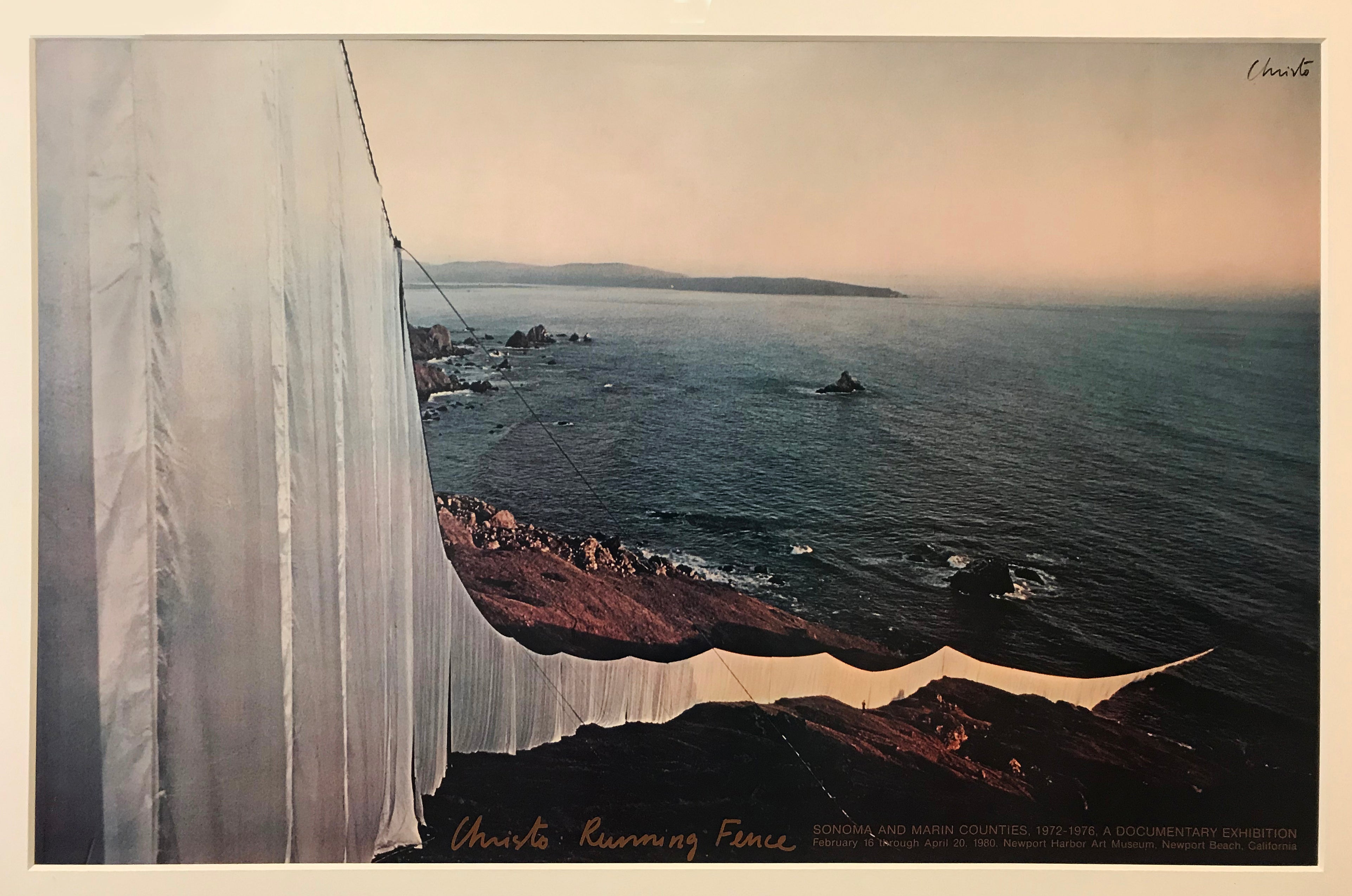
Wrapped Reichstag 1971-1995
It took a quarter century and the right political climate for the German government to allow the artistic duo to wrap the landmark Reichstag building. On June 24th, 1995, 90 professional climbers and 120 workers placed 100,000 square meters of silver fabric, attached to the building with blue polypropylene rope. “Fabric, like clothing or skin, is fragile; it translates the unique quality of impermanence”. (Christo and Jeanne-Claude)
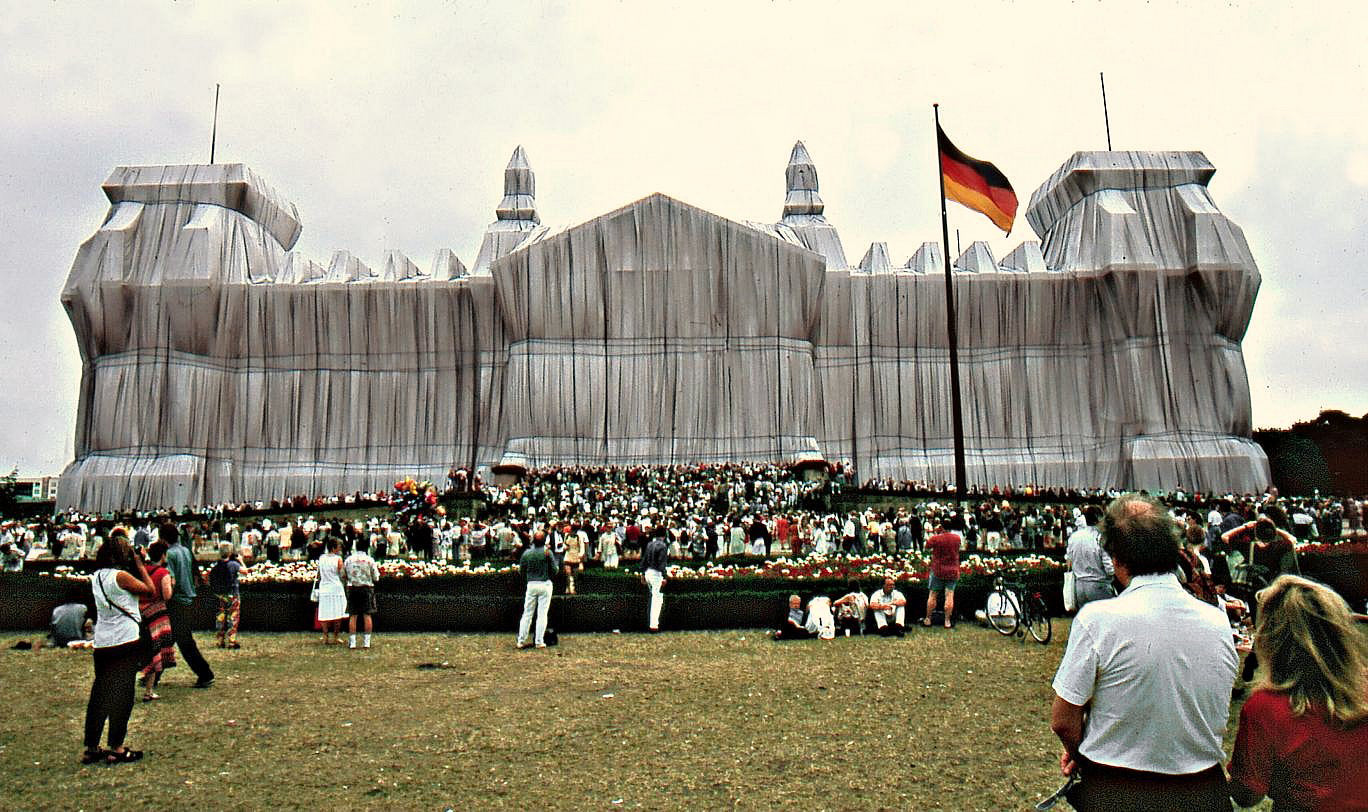
The Gates 1979-2005
The Doors project was originally rejected in 81, and approved after a second try when Michael Bloomberg, friend of the artists, was elected mayor of New York City. On February 12th, 2005, 7,305 structures were placed across Central Park (New York) to hold fabric panels. The orthogonal structure reflected the characteristic grid of the city streets, while the organic arrangement on the park and the fabric movement resembled tree branches.
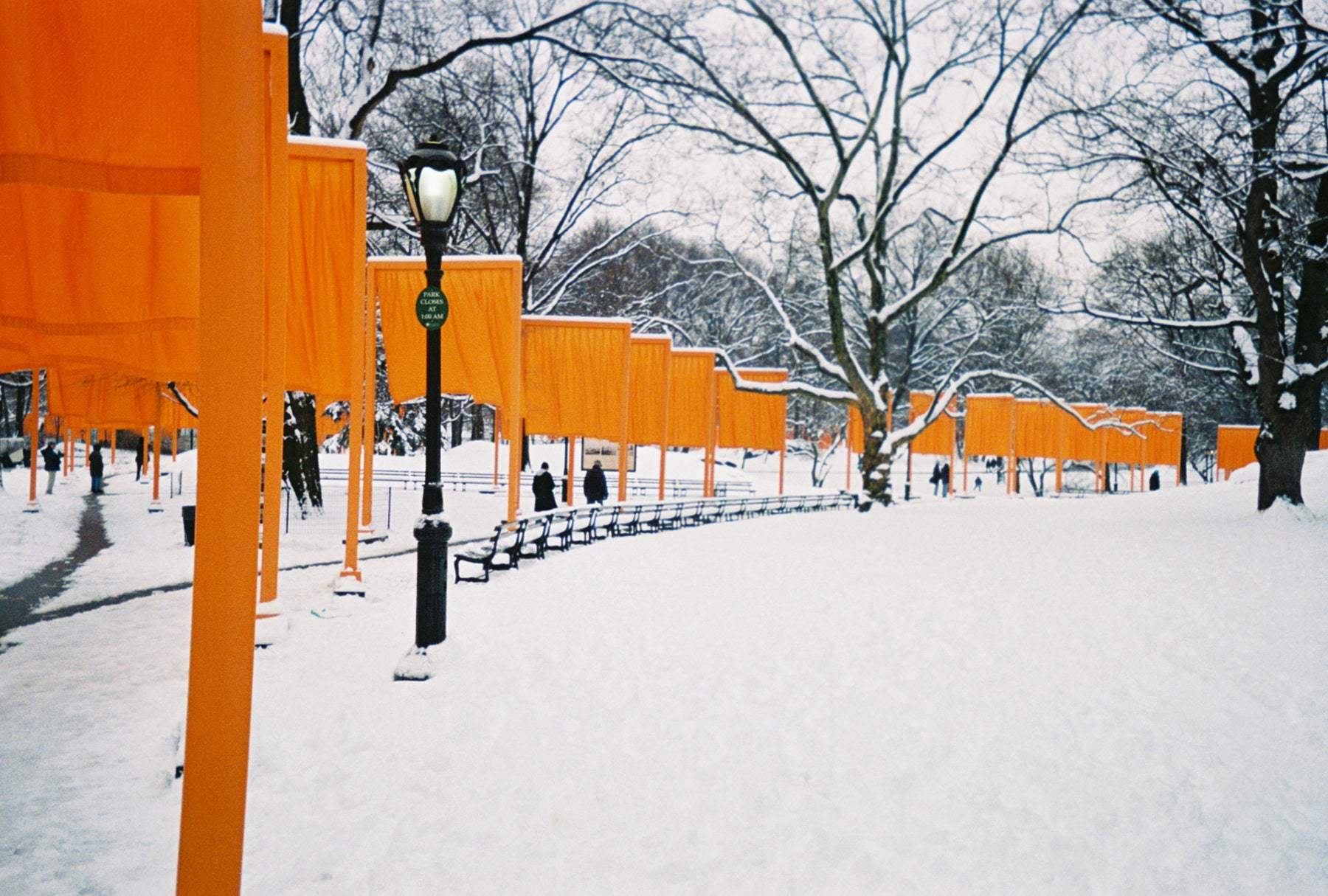
The Floating Piers 2014-2016
The Floating Piers was perhaps one of the decade’s most emblematic landscape art installations. An orange path extended over the surface of the Lake Iseo in Italy for 16 days, connecting the Sulzano village with Mount Isola and the San Paolo Island. During these two weeks, the path was perceived as “an extension of the streets and they belonged to everyone” (Christo) and the visitors, literally, walked over water.
